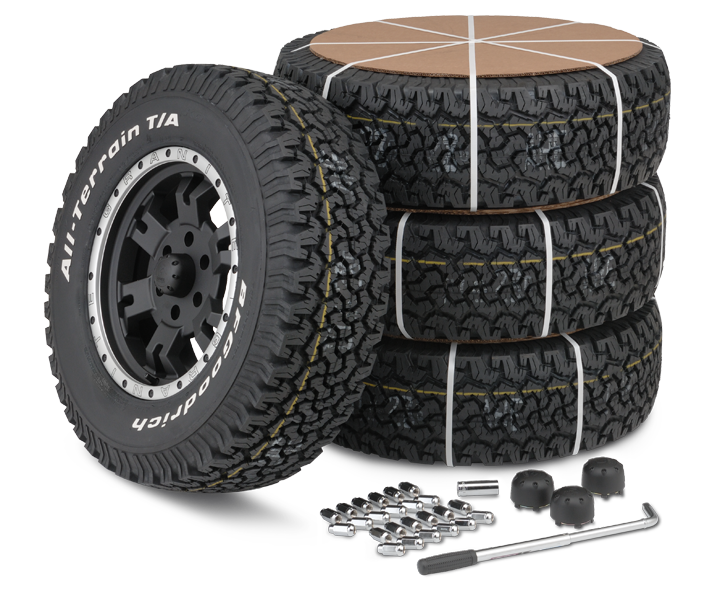Tire Service: Understanding Tire Pressure Surveillance Solutions
Comprehending Tire Stress Surveillance Systems (TPMS) is an important element of keeping ideal vehicle performance and safety and security on the roadway. With improvements in automotive modern technology, TPMS has actually come to be a conventional function in contemporary automobiles, supplying real-time info on tire stress levels.

Significance of TPMS
The importance of Tire Stress Monitoring Systems (TPMS) hinges on their capacity to boost automobile safety and security and performance with real-time monitoring of tire pressure degrees. Preserving the proper tire stress is vital for making certain ideal handling, braking, and overall security of a lorry. TPMS gives chauffeurs with instant feedback on any kind of underinflated or overinflated tires, permitting timely modifications to be made.
Components of TPMS
Comprising different important aspects, a Tire Pressure Monitoring System (TPMS) functions as a sophisticated safety and security feature in modern automobiles. The major parts of a TPMS consist of sensing units, a control module, and a caution sign. Sensing units are usually located in the tire valve stem or attached to the wheel assembly, where they determine tire pressure and transmit information to the control module. The control component processes this details and activates a warning if it detects dramatically low pressure in any one of the tires. The caution indication, frequently a sign on the dashboard, informs the motorist to check the affected tire or tires. Some progressed TPMS versions additionally display the real tire stress readings for each tire, giving chauffeurs with real-time details to make sure optimal tire performance and safety. By monitoring tire stress continually, TPMS aids prevent accidents, reduces tire wear, and improves gas effectiveness, making it a critical element for lorry security and efficiency.
Types of TPMS

On the other hand, indirect TPMS relies upon the vehicle's wheel rate sensing units to check tire pressure. This system identifies underinflation by contrasting the rotational speeds of the wheels. Indirect TPMS is much less pricey than straight TPMS, as it uses existing sensors within the automobile.
While direct TPMS uses a lot more precise analyses, indirect TPMS is easier in style and usually requires much less maintenance. Both systems have their benefits and constraints, and the selection between them often depends upon elements such as expense, automobile make, and individual preference. Comprehending the distinctions between these two sorts of TPMS can help car owners make informed choices pertaining to tire maintenance and safety and security.
TPMS Upkeep Tips
Efficient upkeep of TPMS is vital for guaranteeing optimum performance and safety of your automobile. Frequently inspecting the TPMS sensors for any kind of damages or corrosion is crucial. Ensure that the sensors are visit the site clean and free from debris that could disrupt their functioning. In addition, it is a good idea to check the sensing unit batteries periodically and change them as required to ensure exact readings. Conduct routine examine the tire pressure levels and compare them with the TPMS readings to ensure they correspond. If there are any disparities, recalibrate the system following the producer's guidelines. Furthermore, throughout tire rotation or substitute, make certain that the TPMS elements are dealt with carefully to stop any type of prospective damages. Last but not least, if the TPMS advising light illuminates on the control panel, attend to the problem immediately by checking the tire stress and the total system for any kind of faults. By adhering to these upkeep suggestions, you can prolong the lifespan of your TPMS and boost the safety of your driving experience.
Advantages of Proper Tire Stress
Preserving appropriate tire stress, as emphasized in TPMS Upkeep Tips, is vital for reaping the countless advantages linked with optimal tire pressure degrees. Among the main benefits of keeping the proper tire stress is enhanced fuel efficiency. When tires are properly inflated, there is less moving resistance, causing better fuel economic climate. Furthermore, appropriate tire stress makes sure even tire wear, prolonging the life expectancy of the tires and advertising much safer driving problems. With the appropriate tire stress, cars also have far better handling and traction, especially in unfavorable weather. This can enhance general driving efficiency and safety for the driver and passengers. Moreover, keeping optimal tire stress can add to a smoother and much more comfortable trip by minimizing vibrations and sound brought on by underinflated tires. To conclude, the click site advantages of proper tire pressure go past simply tire durability; they include enhanced gas efficiency, enhanced safety, much better automobile efficiency, and general driving comfort.
Conclusion
Finally, comprehending tire pressure monitoring systems (TPMS) is essential for maintaining ideal tire stress and making sure automobile safety and security. By acknowledging the importance of TPMS, recognizing with its components, knowing the various types offered, adhering to correct maintenance ideas, and realizing the advantages of maintaining proper tire stress, motorists can improve their driving experience and lengthen the life expectancy of their tires. Proper tire pressure is vital click here now to safe and effective car operation.
